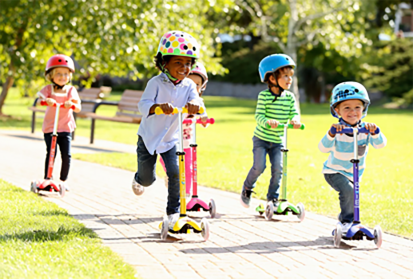Are Scooters Safe for 3-Year-Olds?
In recent years, scooters have become a popular mode of transportation and a fun recreational activity for children. With their lightweight design and ease of use, many parents wonder if scooters are safe for their 3-year-olds. While scooters can offer numerous benefits—such as improving balance, coordination, and motor skills—they also pose potential risks. This article delves into the factors that parents should consider when deciding if their 3-year-old can safely ride a scooter.
Benefits of Scooting for Young Children
Scooting can provide various developmental benefits for young children. It encourages physical activity, which is essential for a child’s overall health. Regular use of a scooter can help improve cardiovascular fitness, strengthen muscles, and enhance coordination as children learn to balance and maneuver the scooter effectively. Moreover, riding a scooter can promote outdoor play, fostering social skills and creativity as children interact with their peers during playtime.
Additionally, using a scooter can develop a child’s spatial awareness and understanding of their surroundings. As toddlers learn to navigate their environment, they gain valuable skills in following rules of the road, yielding to pedestrians, and being aware of their surroundings. These are essential lessons that will serve them well as they grow older.
Safety Considerations
While scooters can be beneficial for young children, safety should always be the primary concern. There are several key factors that parents must consider before allowing their 3-year-olds to ride scooters
are scooters safe for 3 year olds
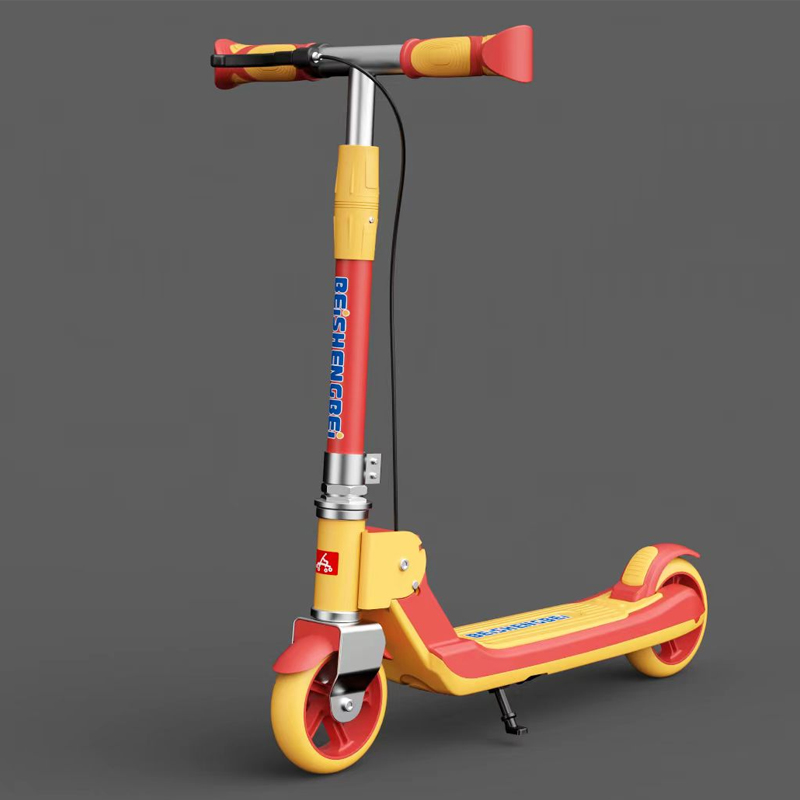
1. Age-Appropriate Scooter It's crucial to select the right scooter for a young child. There are many types of scooters designed specifically for toddlers and preschoolers. Look for models with three wheels for added stability, a low deck for easier mounting and dismounting, and safety features like a wide footboard.
2. Protective Gear Safety gear is non-negotiable. Children should always wear a properly fitted helmet to protect their heads in case of falls. Knee and elbow pads can also help protect against scrapes and bruises. Teaching children the importance of wearing protective gear can instill good habits that last a lifetime.
3. Supervision Close adult supervision is essential when young children are riding scooters. Parents should always keep an eye on them, especially in busy areas. Safety is greatly enhanced when an adult is present to guide and instruct the child.
4. Safe Riding Environment The environment where the child rides the scooter is critical. Parents should ensure that the area is free of traffic, uneven surfaces, and obstacles. Flat, smooth surfaces like parks, driveways, or designated scooter paths are ideal for safe riding conditions.
5. Rules and Education Teaching young children the basic rules of riding a scooter is vital. These include looking both ways before crossing streets, understanding the importance of stopping, and yielding to pedestrians. Simple instructions can help them navigate safely while having fun.
Conclusion
In conclusion, scooters can provide an excellent outlet for energy and a host of developmental benefits for 3-year-olds, but safety must be prioritized. By selecting the right scooter, ensuring the use of protective gear, supervising rides, choosing safe environments, and educating children about safe riding practices, parents can set their little ones up for positive experiences. Ultimately, every child is different, and it’s essential for parents to assess their child's maturity and riding skills before introducing them to scooters. With proper precautions in place, scooting can be a wonderfully enjoyable activity for young children, setting the stage for a lifetime of active play and exploration.
-

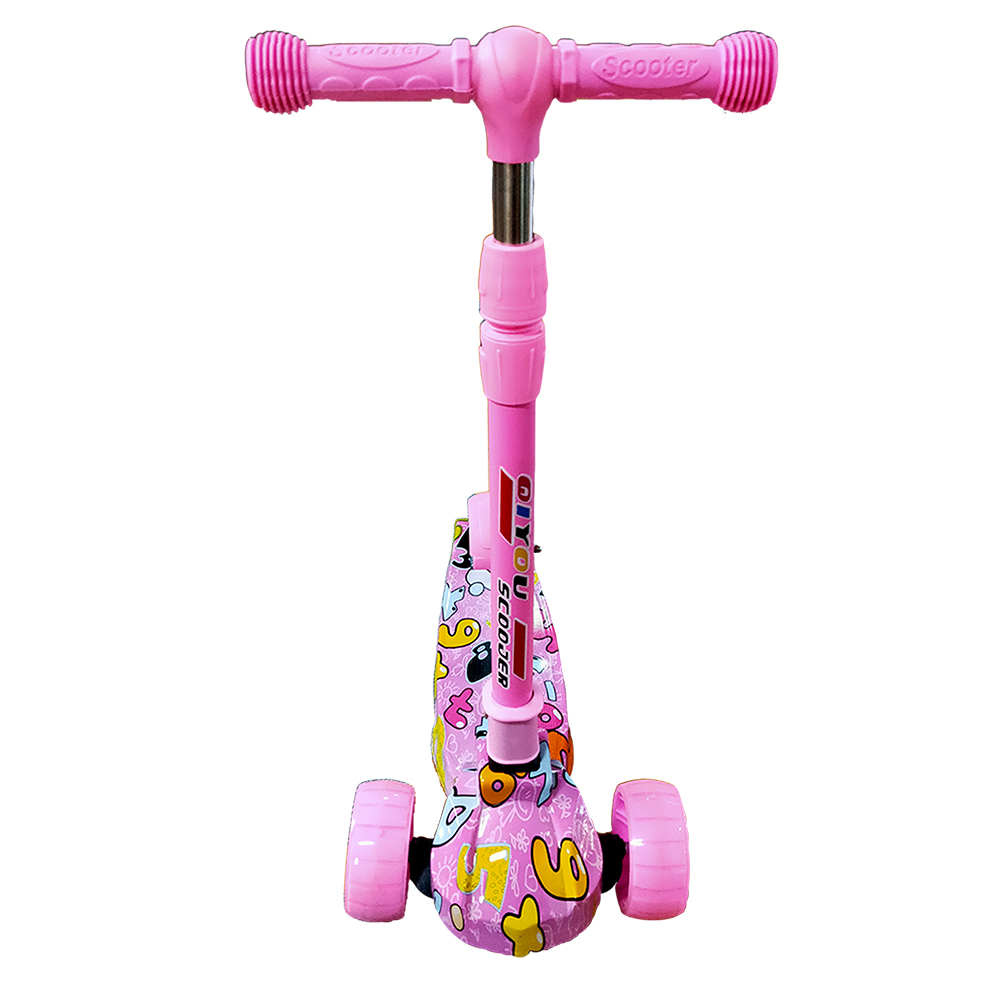 Scoot&RideKids Child Kick Push Scooter 3 Wheels with LED Flashing Tilt Lean Boys Girls Scooter
Scoot&RideKids Child Kick Push Scooter 3 Wheels with LED Flashing Tilt Lean Boys Girls Scooter




- 4
$33.17 -

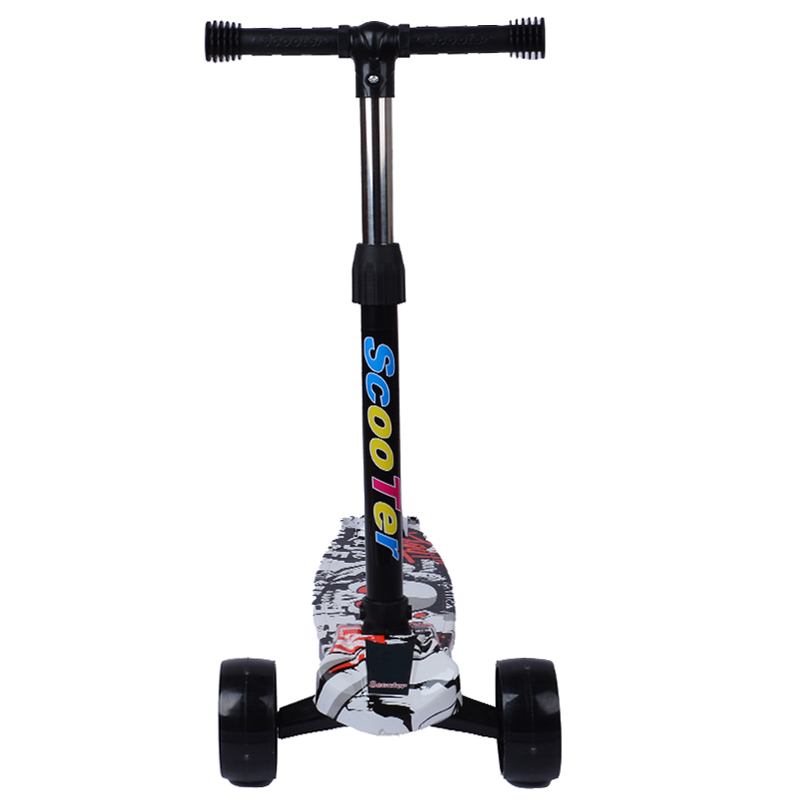 Scoot&RideKids Scooter Child Kick Flashing LED Light Up 3 Wheel Push Adjustable Folding 3
Scoot&RideKids Scooter Child Kick Flashing LED Light Up 3 Wheel Push Adjustable Folding 3- 0
$25.52 -

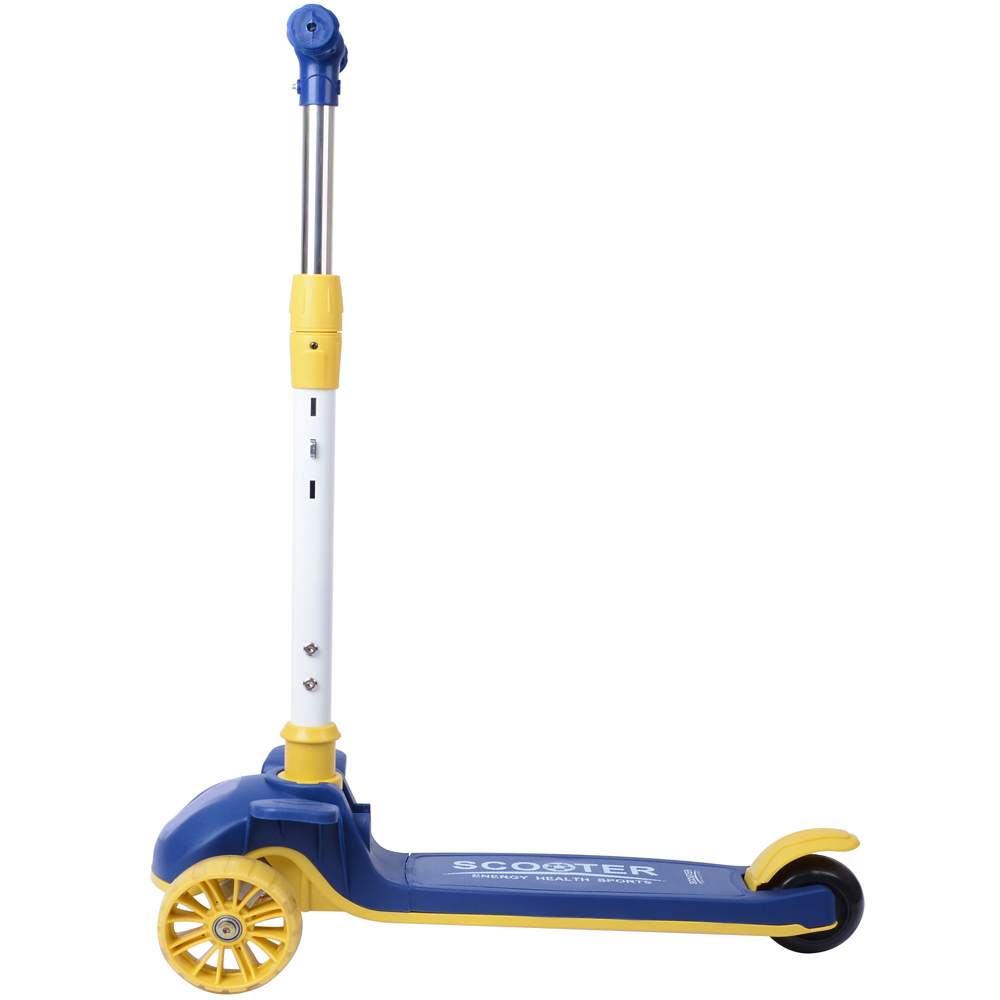 Scoot&RideKids Scooter Child Kick Flashing LED Light Up 3 Wheel Push Adjustable Folding 2
Scoot&RideKids Scooter Child Kick Flashing LED Light Up 3 Wheel Push Adjustable Folding 2- 0
$33.17 -

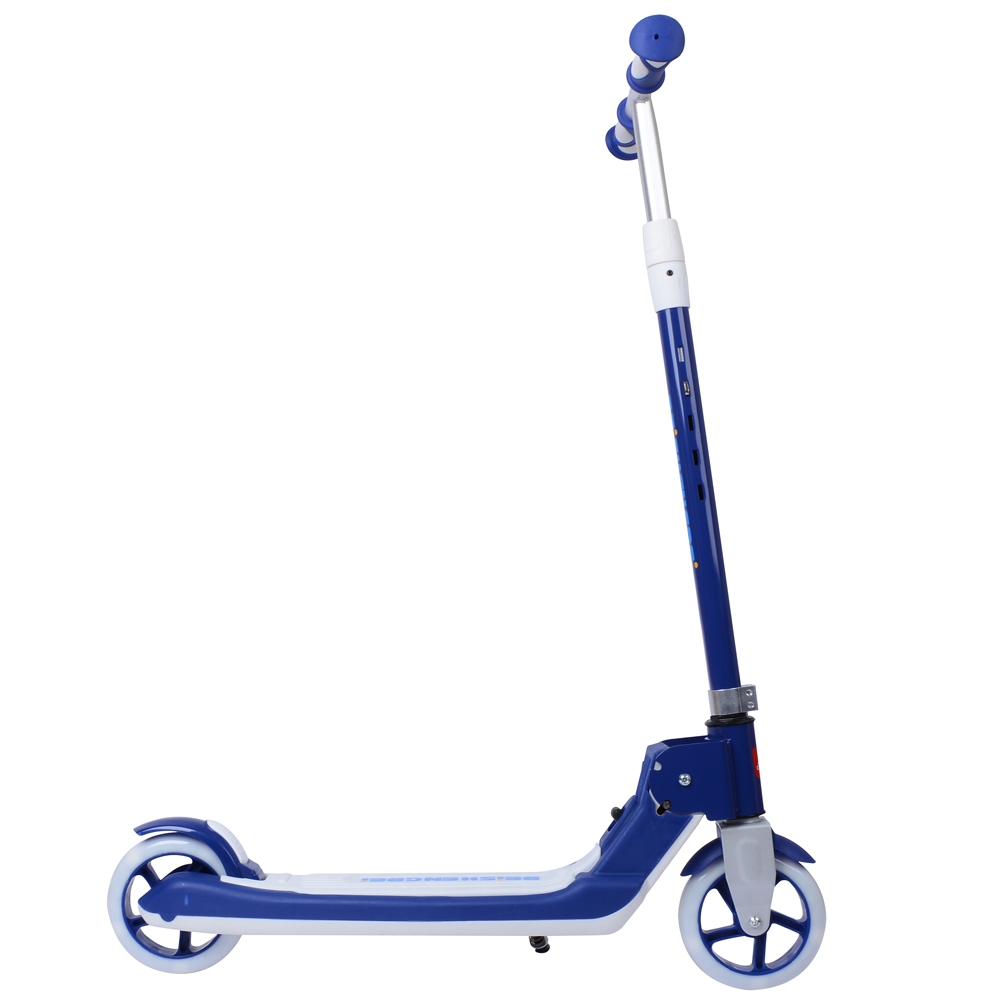 Scoot&RideKids Scooter Teens Foldable Kick Push Scooter Adjustable Height Safe 2 Wheels
Scoot&RideKids Scooter Teens Foldable Kick Push Scooter Adjustable Height Safe 2 Wheels




- 4
$49.99
Meet our partners and discover what powers their creativity!
When you register for a Lohas scooter, you will receive a 10% discount on your first order and can be notified of sales, new product launches and other offers in advance.









